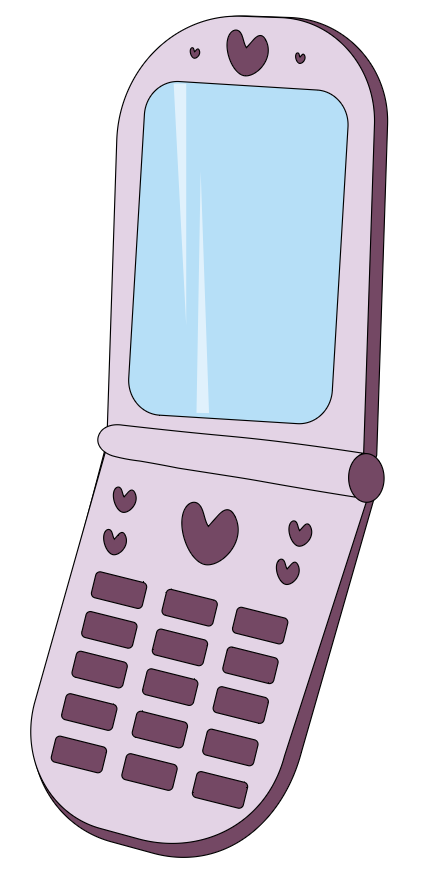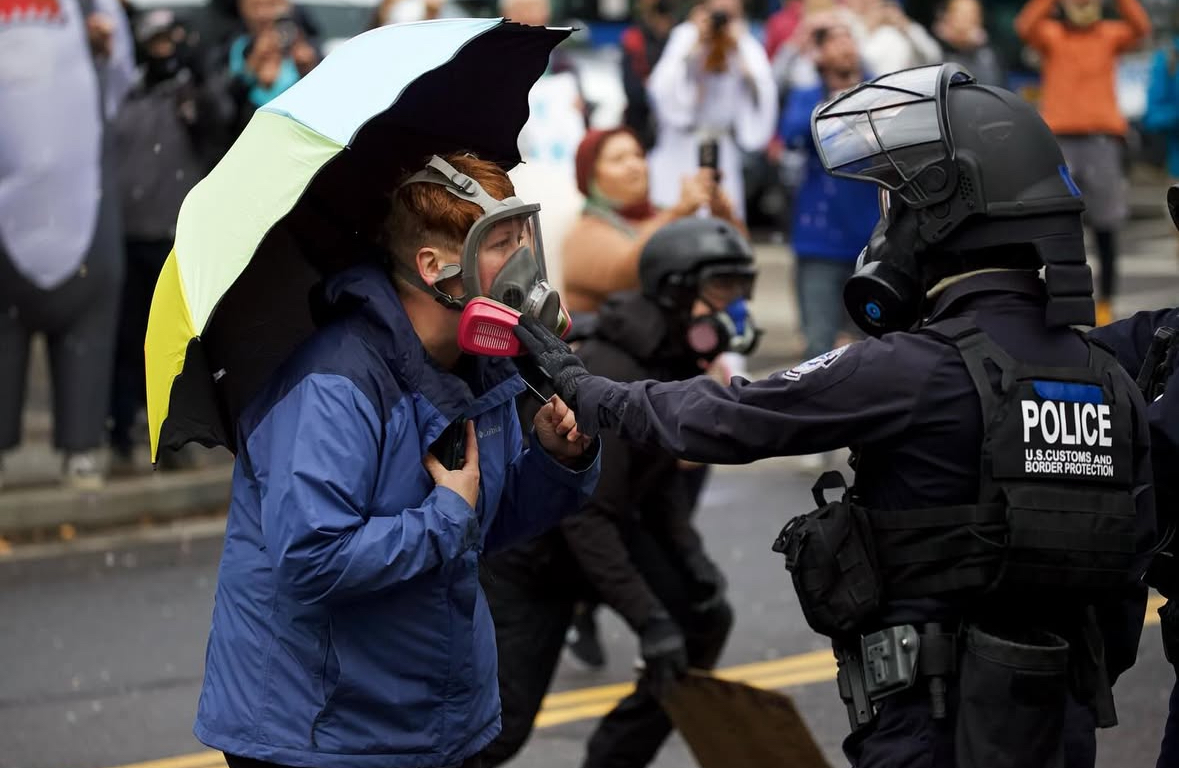
Nov. 12 2025 | Abbi Duhart | News Editor
Even fans who aren’t avid consumers of the reality TV show “Survivor” likely remember seeing a season here or there, whether it be remembering a season from the old era with dangerous twists and turns such as lions roaming around the castaways’ camp, or a season from the new era with all of the various gameplay additions, such as idols and beware advantages. I know I love watching all of the drama unfold as well as the new challenges and twists they come up with, a reason that likely contributes to why fans keep watching season after season. “Survivor” contestants from Season 49 — the current season — provided their own personal “Survivor” hot takes, and I’ll be ranking them from worst to best for both die-hard fans and the occasional viewer alike to enjoy.
18. Bring back the super idol — Kristina
When the super idol was in play, contestants who found two hidden immunity idols could combine them to create a super idol, meaning they could use the idol after the vote. Personally, I feel like this advantage gives one person way too much power. Some advantages are just unnecessary because they change the game way too drastically and unfairly.
17. The margarita curse is fake news — Alex
The “margarita curse” is essentially a theory that any contestant who wins a margarita from a reward challenge ends up getting voted out. It happened a few times, so fans and contestants started joking that it was related. I feel like this hot take isn’t really a hot take because the margarita curse isn’t real and is all theorized from a few occurrences that were most likely a coincidence.
16. Sam should have won season 47 — Jake
Sam, the runner-up, argued at the final counsel that he should win because he fought for immunity in all the challenges. Rachel ended up winning and countered that forming bonds and alliances are just as important. I believe that any aspect of “Survivor,” whether it be a contestant’s physical strength or their social game, is crucial to a win.
15. Contestants shouldn’t be forced to risk their vote, it should be a choice — Steven
I feel as if there aren’t really many cases where contestants are forced to risk their vote. Most often, they lose their vote while going on an individual journey to an island, and most contestants voluntarily do this.
14. Idols overrated, advantages underrated — Jason
I’m not sure if I or other fans would necessarily agree with this, because idols are the most powerful advantage in the game. I also believe that the new era of “Survivor” has a multitude of advantages, and they aren’t really underrated.
13. The best player does not always win — Rizo
As viewers, we can often favor one contestant over another for various reasons like their strength or their social game, and we may have the perception that one deserves to win over the other. While this may be true, I think anyone who manages to win “Survivor” didn’t win by fluke.
12. New era > old era — MC
Both have their strong points: new era comes with many more twists and turns, where contestants have to think a lot more about their strategy, while old era comes with more of the survival aspect of “Survivor.”
11. Russell is amazing — Annie
Russell is a contestant who can be seen as overly harsh and has sometimes even been described as a snake, but he made the game very interesting and managed to win Fan Favorite for arguably one of the most iconic seasons: Heroes vs Villains.
10. There’s no such thing as an honest game — Sage
This hot take really makes me think hard about what an honest game even is. Many contestants go into the finale claiming they should win because they played an honest game, but I think I agree that it’s near impossible to do this while they are actively voting people out.
9. “A lil rice would be nice” — Shannon
I do think that the game may be more interesting if each tribe was given rice rations to eat, because they would be slightly stronger for challenges.
8. Chris Underwood deserved the win — Matt
While I do believe that everyone who wins deserves the win, Chris won the final immunity challenge but gave up immunity to compete in the fire-making challenge because he believed he needed to prove he deserved to win. I think this is a very risky but iconic move that deserves some credit.
7. Stop handicapping losing tribes by taking their flint — Sophie
Like with the rice debate, I think if tribes had their flint, it may make the rest of the game — the challenges — more interesting.
6. Bring back the loved one visit — Jeremiah
I think adding this reward later on in the game would provide contestants with more motivation after to play the game harder and better.
5. Cast more people likely to get in a showmance. Love is the only way to beat logic — Savannah
Many fans remember the iconic Boston Rob and Amber showmance, and I think we would all enjoy more showmances to make the show more interesting.
4. Knowledge is power is pretty awesome — Jawan
I think having this advantage in the game can make the gameplay more challenging and thought-provoking, and may push contestants to be more careful about who they show their idol to.
3. Immunity idol = death in the game — Nate
I think this really depends on how the contestant strategizes with their idol. Many of them choose to show their alliances that they have an idol, which can cause rumors to spread around and can ultimately lead to their downfall.
2. There is no such thing as a player who should have won, it’s all about jury management — Nicole
Many fans and players argue that whoever was the best in challenges and the strongest physical player should have won, but the social game in “Survivor” is just as important. Ultimately, it’s the jury at the end deciding their fate.
1. Whoever wins deserves it — Sophi
On that note, “Survivor” is all about how each contestant uniquely plays the game. There is no right or wrong game if someone makes it to the finale. Winning a reality TV show over seventeen other contestants is not an accident.
Contact the author at howlnews@mail.wou.edu









